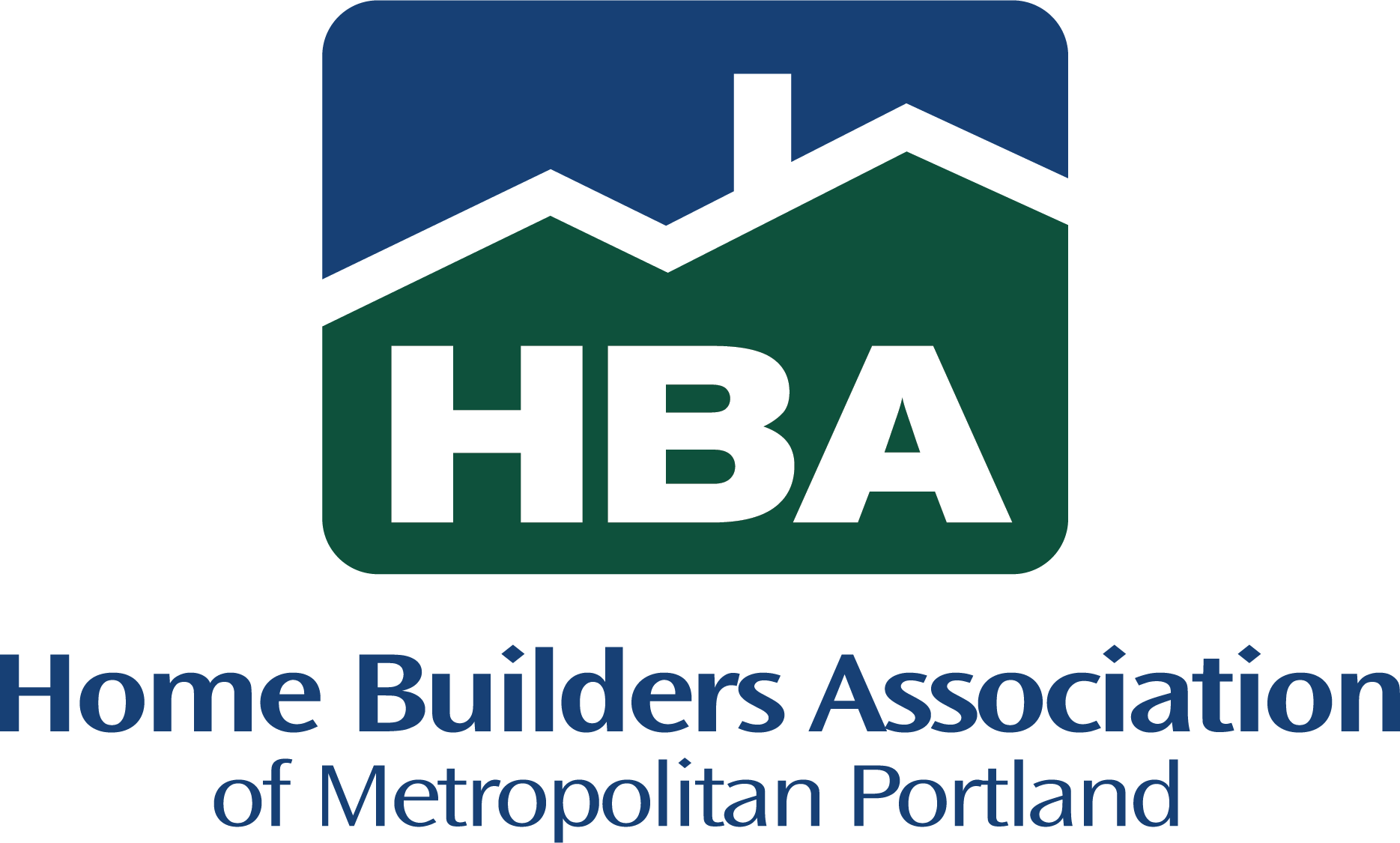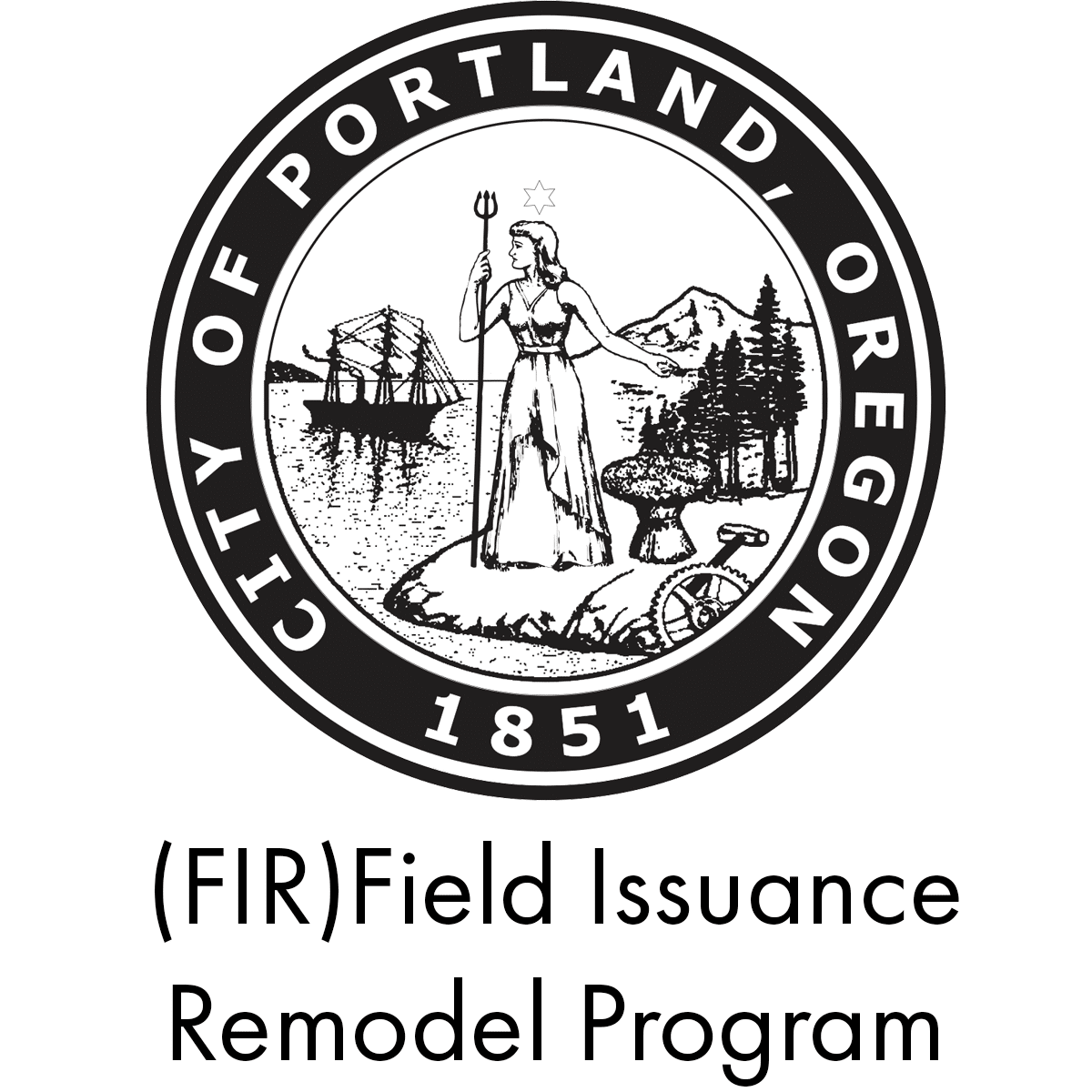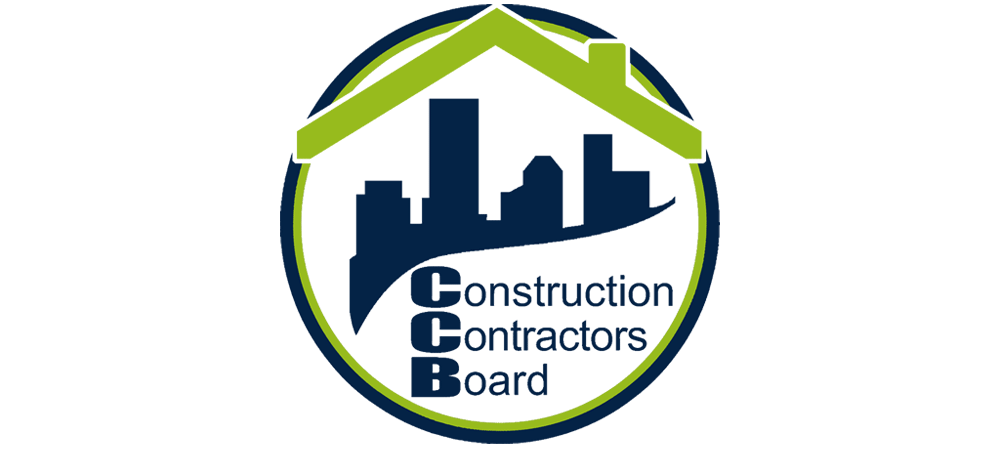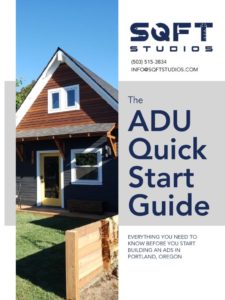
Every homeowner knows they own a piece of land. Nearly everyone assumes that the boundaries are clear and that their fences, buildings, and other landscape elements denote property lines. It turns out, this is far less common than we assume. In reality, our property lines are often confused, out of date, indeterminate, or just plain off from what they appear to be. As designers and builders, we often find ourselves encountering this very issue as we get ready to build an accessory structure.
By their nature, accessory structures often push the limit on location and size in order to maximize usable square footage. This often means building in the side and rear setbacks, or right up next to them, and it is becoming more and more common for Portland Building Inspectors to issue “Stop-Work Orders” because the location of the property boundary has not been identified and the building may not be located correctly or, the building is in a legal and acceptable spot which cannot be confirmed. The requirement incumbent on the property owner, the contractor, and the architect, is in building in the exact location approved by the permitting office.
The following is an example of how undetermined property lines can cause an issue
- A final design is taken the permitting office and approved to build a certain distance from the property lines (such as 5’ from the side and rear property lines), and extending a specific distance into the yard.
- An excavation and foundation contractor comes to the site and prepares to pour the foundation, digging out the cavity and putting in forms for the pour.
- A BDS Inspector comes to the site to ensure the forms are in the correct location and discovers that s/he cannot confirm this because a property line has not been identified by flagging, string line, permanent monuments, etc.
- A stop work order is issued until a land surveyor can verify the actual property line and the entire schedule is thrown off possibly delaying a project weeks or months and costing extra in every direction.
The simple solution to this is to first check if there is a recent survey and physical markers in place on the site. Some research goes a long way here and the first place to check is the Multnomah County Sail Site that is searchable by property address. This is one of the first things we do when we get started on a project. If no recent survey is available, we recommend the homeowner hire a surveyor from the PLSO website, a comprehensive list of certified surveyors. Either way, hiring an expert is a good idea as this can be a confusing endeavor.
Having your boundary lines marked can add some upfront cost to a project but will save time and money in the long run. Additionally, having an accurate updated survey adds value to your home and makes any other future improvement, and even sale of the property, much easier.
If you are considering a renovation, remodel, addition, or adjustment (including accessory structures) do this research first, it can save you a lot of money and heartache by preventing work that cannot be completed. Please contact us for more information or if you have any questions about this issue. If we can’t answer, we’d be happy to connect you with a professional surveyor who can.
























 Download our ADU Quickstart Guide and learn about the features and benefits and ADU can provide to your existing property.
Download our ADU Quickstart Guide and learn about the features and benefits and ADU can provide to your existing property.